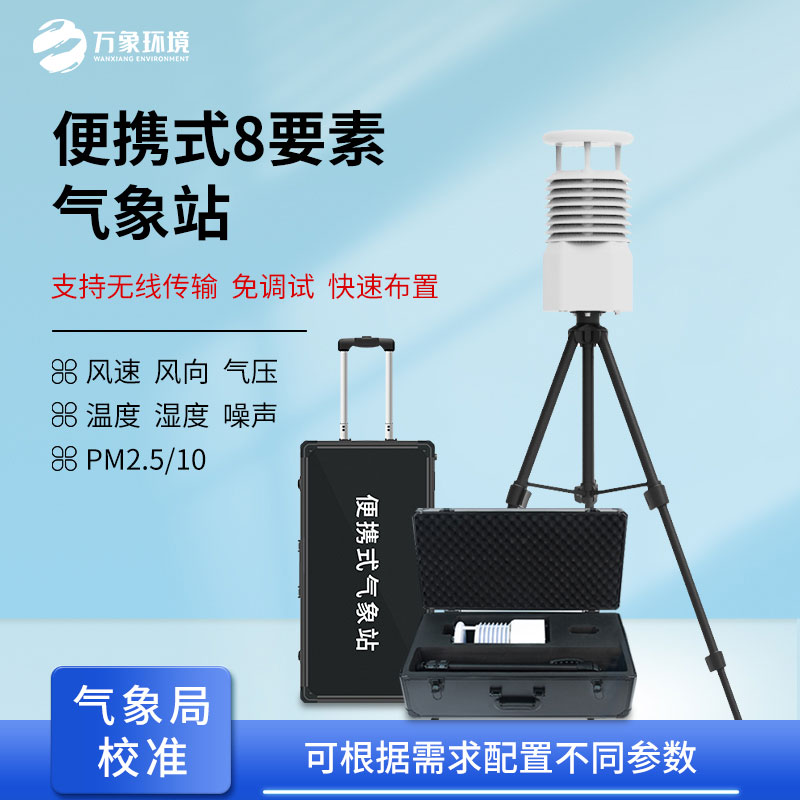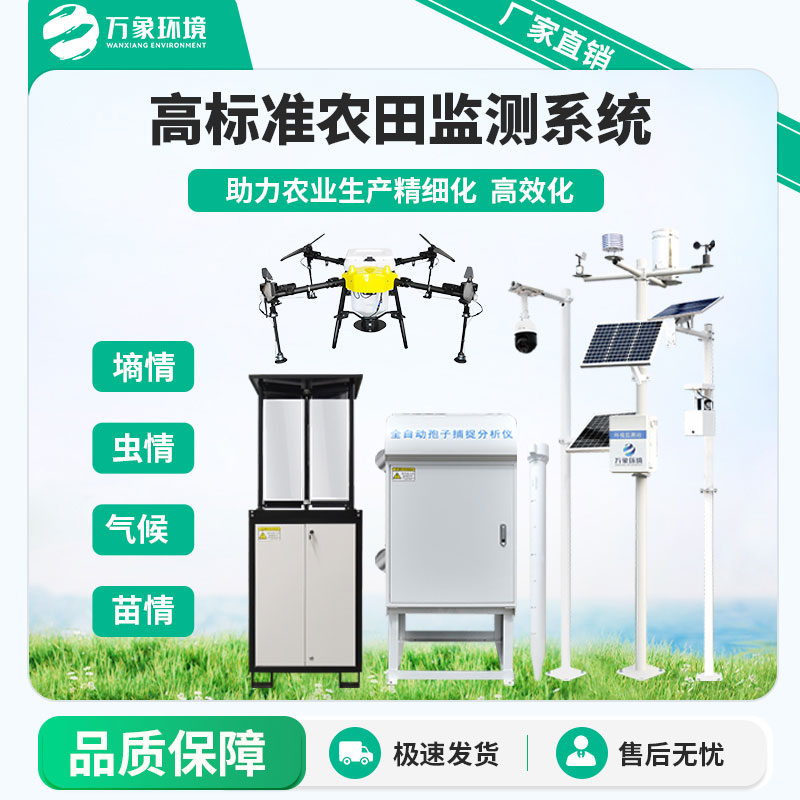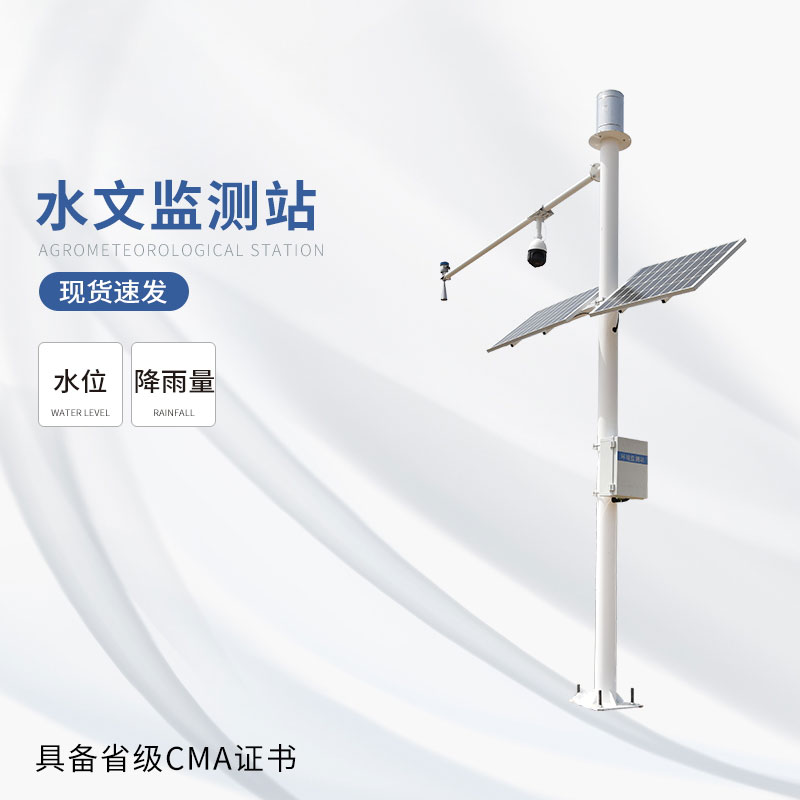In the field, there is a small tripod that monitors temperature, humidity, light intensity, rainfall 24 hours a day. Even the pH and moisture content of the soil. Yeah, that's what a microweather station does every day. It uses advanced sensor technology to collect and transmit real-time data of the farmland microenvironment to the cloud, and you can easily grasp the "every move" of the farmland through a mobile APP or a computer platform.
For growers, this means more precise management of the crop growth cycle, such as adjusting irrigation plans according to real-time weather, optimizing fertilization strategies, and even preventing pests and diseases in advance, truly realizing the "right medicine", greatly improving agricultural production efficiency and crop quality.
Natural disasters are a major threat to agricultural production, but the WX-BQX8 micro-weather station can mitigate this risk to some extent. It provides early warning of extreme weather such as frosts, droughts and rainstorms, giving farmers enough time to take countermeasures such as setting up sunshade nets, turning on irrigation systems or bringing forward harvests to reduce weather-related losses.
In addition, for fruit farmers growing special crops (such as grapes, cherries, etc.), micro weather stations can also monitor key factors affecting fruit quality, such as light duration and temperature differences, helping them to better control fruit maturity and taste, and improve market competitiveness.
Microweather stations are not only data collectors, but also an important part of smart farming systems. Through big data analysis, this data can be used to build crop growth models, predict yields, and even guide future planting structure adjustments. For agricultural research institutions, such first-hand data is a valuable scientific resource to help develop new varieties that are more adaptable to climate change.

Article address:
http://www.qxhjjc.com/en/newcen/1301.html


















 Home
Home phone
phone Product Overview
Product Overview Contact Us
Contact Us